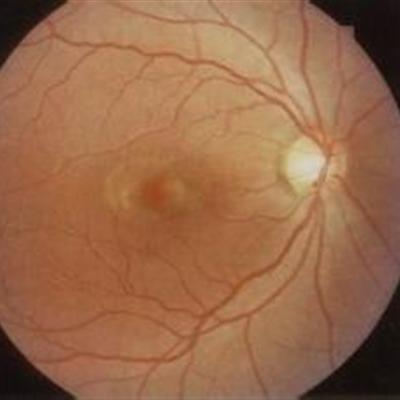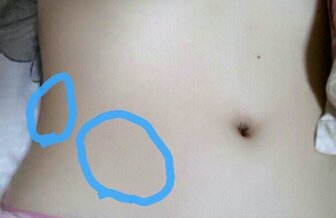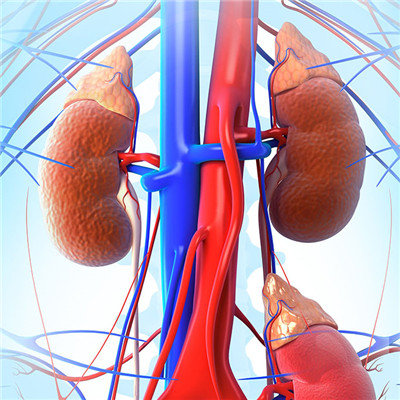Diet of neuromyelitis optica
summary
Neuromyelitis optica is an acute or subacute demyelinating lesion in which the optic nerve and spinal cord are involved simultaneously or successively. This disease was first described by devic (1894). It is characterized by acute or subacute monocular or binocular blindness. It is accompanied by transverse or ascending myelitis several days or weeks before or after it. Later, it is called Devic's disease or Devic's syndrome. The data show that NMO accounts for 1% - 22% of all demyelinating diseases. The proportion is low in western countries and high in non Caucasians. So what should we pay attention to in the diet of neuromyelitis optica in daily life?
Diet of neuromyelitis optica
First, the diet of neuromyelitis optica is low-fat, high protein, rich in vitamins, high potassium and high calcium, and the food rich in linoleic acid is suitable

Second, the neuromyelitis optica diet more water, eat more meat, vegetables and fruits, in order to increase the intake of protein and vitamins

Third, neuromyelitis optica diet should eat light food, such as carrots, rich in carotene, after eating digestion into vitamin A, to prevent night blindness and respiratory diseases

matters needing attention
Neuromyelitis optica has a long course of disease and is easy to relapse. Patients and their families should understand the importance of sticking to medication and improve medication compliance. Avoid inducing factors as far as possible, such as cold, fever, infection, childbirth, trauma, cold, tooth extraction, overwork and mental tension. Do not vaccinate at will. Strengthen physical function exercise to maintain activity ability. With psychological rehabilitation as the guidance and functional rehabilitation as the core, we can enhance the confidence of patients to overcome the disease, so as to maximize the quality of life of patients.













